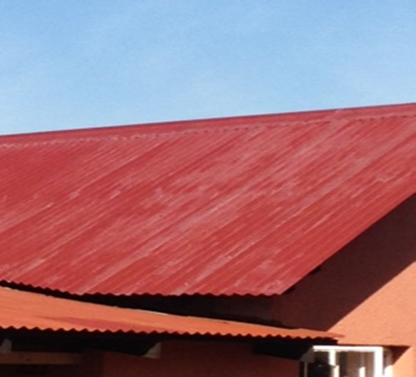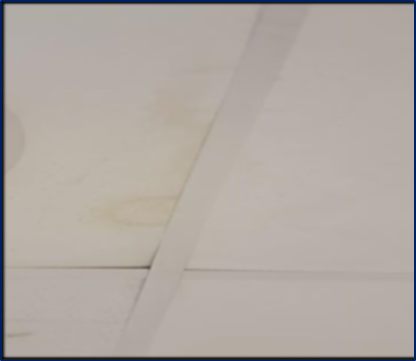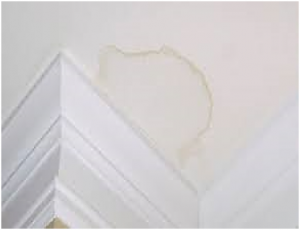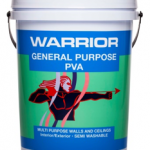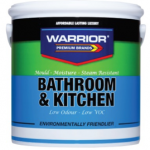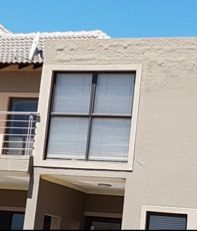WHEN SHOULD YOU PAINT?
As per standard practices, painting should take place when surface or ambient temperatures are between 10⁰C and 30⁰C. Painting should cease at 3pm or when rain is imminent.
When paint is applied to a surface the drying process begins and film development takes place. During this process the volatile matter or liquid additives start evaporating as they complete their purpose. For example anti-foaming agents prevent bubbles from forming in the paint film and dispersants ensure proper colour development as well as hiding power.
When it is too cold!
If the surface temperature is below 10°C the drying process will be retarded and the volatile matter will remain within the paint film for longer. Once the paint is dry these substances could be visible on the surface and often appear white against the paint colour chosen. This is often highlighted when dark roof paint has been applied. Although the integrity of the paint film will not be compromised these visible stains will need to be removed with running water and a soft brush or a good rainfall.
As can be seen from the picture the paint did not get a chance to form a protective skin during the film development stage as the roof was painted late on a cold afternoon.
When it is too hot!
When paint is applied to a hot surface or when ambient temperatures are above 30°C it will flash dry. This means that the paint will dry too quickly and surface penetration and adhesion will be compromised. Once there is no penetration there is no adhesion and delamination will eventually occur.
When surface temperatures are too high the paint coating is often applied too thin and chalking of the film will occur. This will reduce the durability of the paint as well as the life expectancy of the coating.
Contact Warrior Paints at: info@warriorpaints.co.za for advice on when is the best time to paint.
